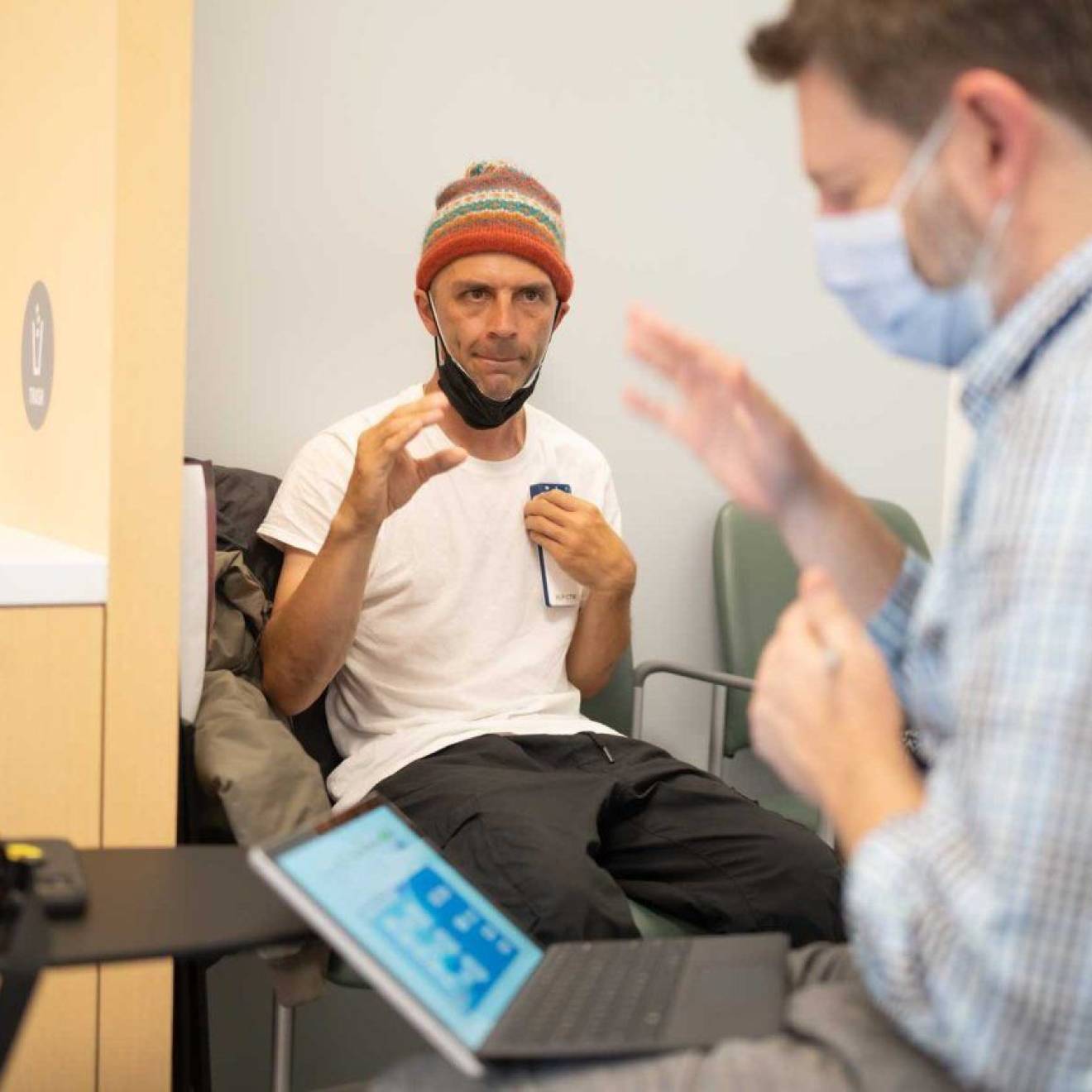Sara Bock, UC San Diego
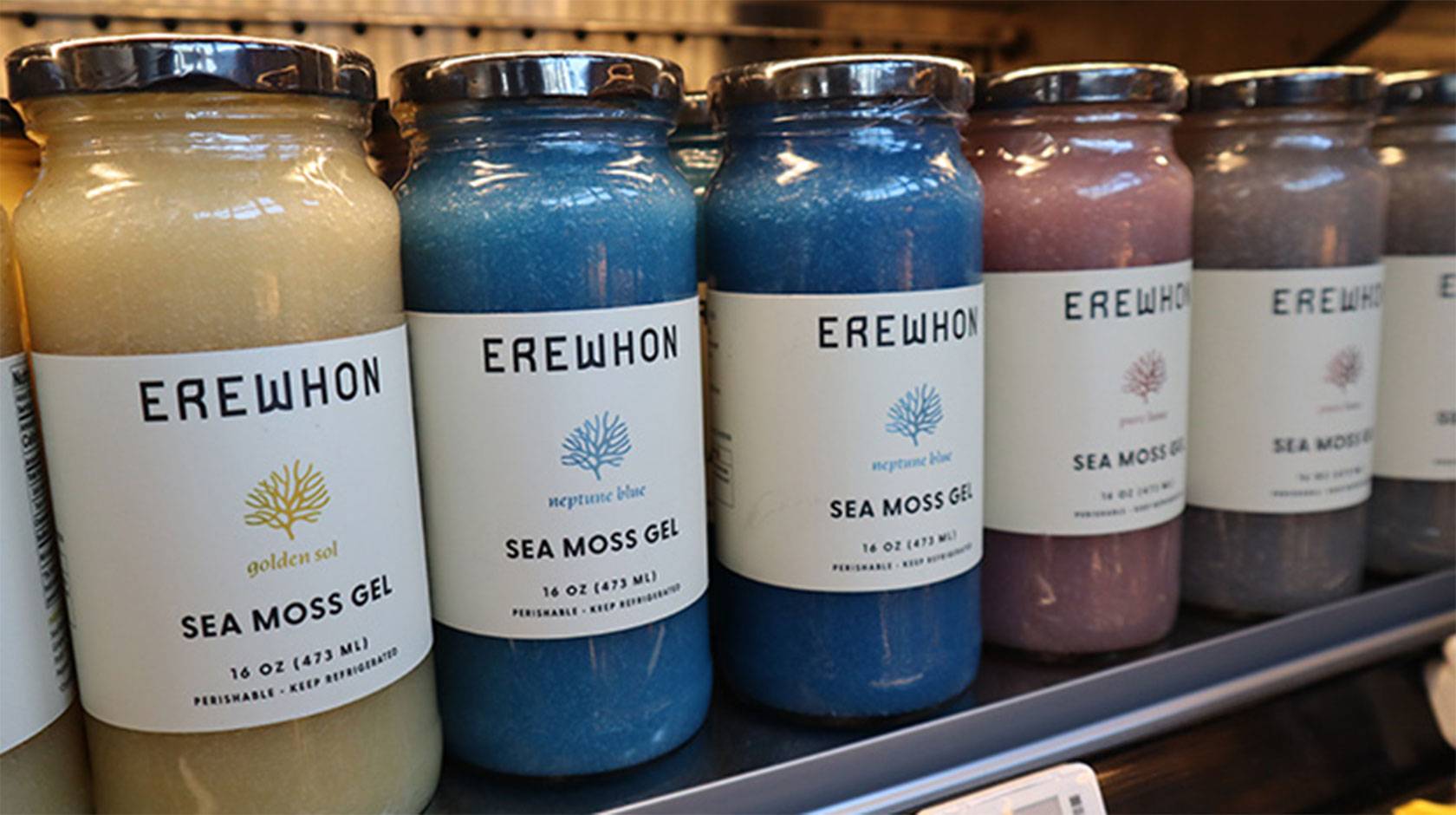
Social media is overflowing with videos about what to eat, drink or avoid — from protein coffees and sea moss gel to “girl dinner,” greens powders and cutting back on alcohol. To help sort evidence from hype, UC San Diego experts from medicine, public health, psychology, sociology and marine biology break down some of the biggest viral trends reshaping how people think about food and health.
Trend Check: Sea moss gel — superfood or just expensive hype?
Sold by the jar at Whole Foods, Sprouts and Erewhon (where it even shows up in the viral Hailey Bieber smoothie), sea moss gel is marketed as a skin-glowing, gut-healing superfood. But according to Jennifer Smith, a professor of marine biology at Scripps Institution of Oceanography, the trend is far murkier than most consumers realize.
For starters, Smith says the term “sea moss” is completely generic — it doesn’t refer to a single species. “Sea moss broadly could refer to any seaweed,” she explains, and the gels come in different colors, each made from different types of seaweed with different nutrient profiles. And because seaweed absorbs compounds from the water around it, “if you’re harvesting seaweed from a polluted harbor, they will have heavy metals and potentially other toxins in them,” she adds.
That makes sourcing especially important in a product that can run anywhere from $30 to $90 a jar. Marketing language like “wild harvested” or “pristine waters” may sound reassuring, but Smith notes that there’s often no way to verify those claims, and many supply chains remain opaque. Seaweed does naturally contain vitamins, minerals and iodine, but Smith’s biggest concern is the unknowns: how the seaweed was grown, whether it was tested for contaminants and how much people are consuming. Overdoing iodine, for instance, can affect thyroid function.
Smith herself adds seaweed to her diet — she uses seasonings and products from companies that disclose their harvest sites — but says sea moss gel remains a “giant black box of unknowns.”
Bottom line: Seaweed can be great, but “sea moss gel” varies widely. Know what you’re buying, and stick to reputable sources.
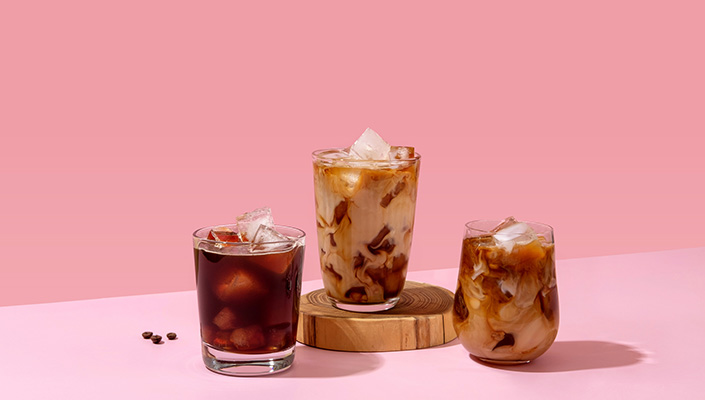
Trend Check: Do you really need 100+ grams of protein in a day?
Protein is having a main-character moment in wellness culture. TikTok creators map out “how I hit 120 grams of protein,” snack aisles are filled with protein-enhanced everything, and Starbucks recently launched its own protein coffees and cold foams — all fueling the idea that hitting a high daily number is essential for health.
But how much protein do people actually need?
Deepa Sannidhi, an associate clinical professor in UC San Diego School of Medicine’s Department of Family Medicine, says the answer is often more modest than what goes viral. For most healthy adults, daily needs fall around 0.8 grams per kilogram of ideal body weight — not current weight, but the weight associated with a healthy BMI range. Certain groups may benefit from more than the recommended amount of protein, including older adults, people who are intentionally trying to lose weight, those in menopause, individuals with diabetes and those doing intensive strength training. For them, 1.2 grams per kilogram of ideal body weight is appropriate.
The problem, Sannidhi says, isn’t always too much protein — it’s crowding out other nutrients. Ultra-high-protein diets can push fruits, vegetables, beans and whole grains off the plate, which are important for heart health. Still, she notes that high protein intake isn’t inherently dangerous for most healthy adults. “It’s usually not unsafe to eat really high amounts of protein — up to 2 grams per kilogram of adjusted body weight,” she says, though certain populations, such as those with chronic kidney disease, should speak with their doctor about intake.
Bottom line: Protein is important, but you probably don’t need the megadoses promoted online, and balance matters more than hitting a specific number.
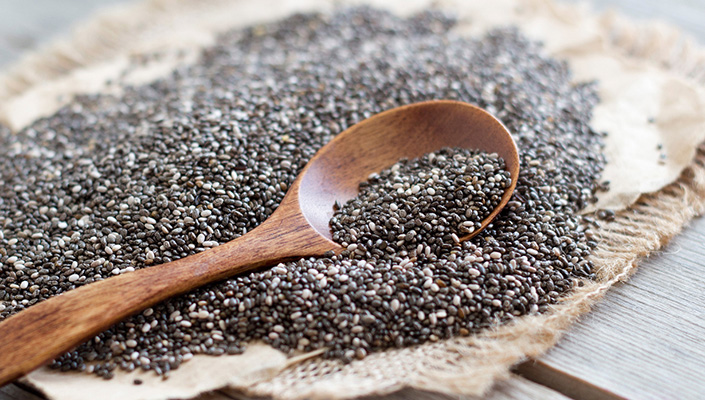
Trend Check: Is ‘fibermaxxing’ really the secret to better gut health?
On social media, wellness influencers have turned fiber into a kind of digestive shortcut. Videos highlight psyllium husk powders, fiber gummies and even the viral “internal shower” drink — a mix of water, lemon juice and chia seeds promoted as a quick fix for regularity.
Sannidhi says certain types of fiber, like psyllium, have been studied for modest benefits related to weight, blood sugar, cholesterol and bowel regularity. Most adults should aim for 25-35 grams of fiber a day, ideally from fruits, vegetables, beans and whole grains.
The issue, she says, is speed. Dramatically increasing fiber intake — especially with concentrated supplements — can cause bloating, constipation or, in rare cases, blockages. As she puts it, “If you don’t drink enough water, any fiber will make you constipated.” People with digestive conditions should be extra careful. Her guidance is to start small, increase gradually and let your body adjust.
Bottom line: Fiber is great for gut health, but steady habits and plenty of hydration work better than viral hacks.
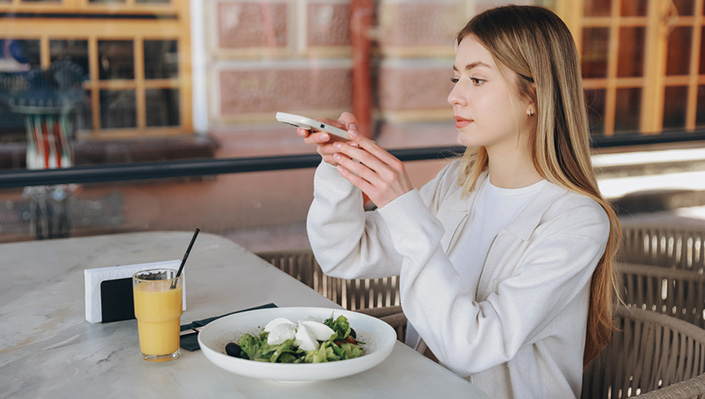
Trend Check: Are viral ‘what I eat’ and ‘girl dinner’ videos changing how we think about food?
Snack-style meals framed as “girl dinner” and chaotic desk-side “rat girl lunches” are everywhere online — trends especially common among young women. Paired with polished “what I eat in a day” videos, they create a world where meals are curated, aesthetic and often conspicuously small. The posts are entertaining, but experts say they can blur the line between playfulness and pressure.
Kerri Boutelle, a professor of pediatrics at UC San Diego School of Medicine and a clinical psychologist at the Herbert Wertheim School of Public Health and Human Longevity Science, is most concerned about the day-long eating videos. “This trend could normalize disordered eating because there is the potential to show how little someone is eating in a day,” she says. She notes that some viewers may feel competitive or ashamed, especially when comparing their intake to viral posts. And while “girl dinners” can be balanced, she points out that many online examples rely on ultra-processed foods or a single food group, which can distort expectations of what a nutritious meal looks like.
Christine Crofts, a lecturer in the School of Social Sciences’ Department of Sociology, takes a broader view of these trends’ social meaning. She says these videos fit into a larger “girlification” moment online (think “girl math”), where things framed as unserious or not totally rational are presented as the norm for young women — sometimes perpetuating harmful and lingering gender stereotypes around women being less capable. But Crofts also sees an upside: these thrown-together meals can feel joyful and creative, reduce food waste and lessen the expectation that women must always prepare perfect, labor-intensive meals.
Bottom line: Girl dinner can be fun, but be sure you’re eating enough, and don’t measure yourself against someone’s curated highlight reel.
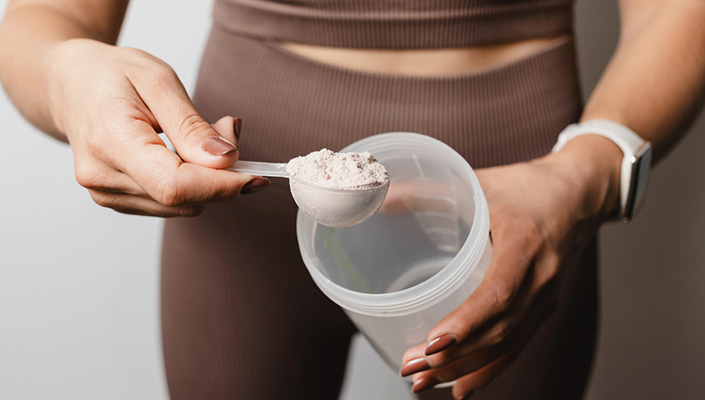
Trend Check: Do you really need all those powders in your pantry?
Collagen powders, daily greens blends, bovine colostrum, adaptogens, vitamin stacks. Social feeds are filled with supplements promising better skin, immunity, gut health or stress relief. The underlying message: more is better.
Ryan Bradley, an associate professor in the Herbert Wertheim School of Public Health and Human Longevity Science, says the reality is far more nuanced. Many people turn to supplements because they’re trying to improve their health but don’t regularly eat enough fruits, vegetables or whole foods. Products like greens powders may offer some phytonutrients or fiber, he says, but they still aren’t a full replacement for real produce. He also points to growing concerns about contaminants such as heavy metals and PFAS found in some plant-based protein and greens products.
Bradley, who is also a naturopathic doctor, says risks depend heavily on a person’s underlying health and on how extreme the promised “fix” is. Supplements that promise “miracle” fixes for serious conditions like cancer, heart disease or mental health can be especially risky, and some concentrated or high-dose products have been linked to hospitalizations and liver injury. Reliable, evidence-based information is also difficult for consumers to access.
His advice for anyone considering a trending supplement is straightforward: “It’s always best to consult a trained, licensed health care provider who has specific training in clinical nutrition using natural products.”
Bottom line: Some supplements may offer benefits, but they can’t replace a balanced diet — and “more” doesn’t automatically mean “better.”
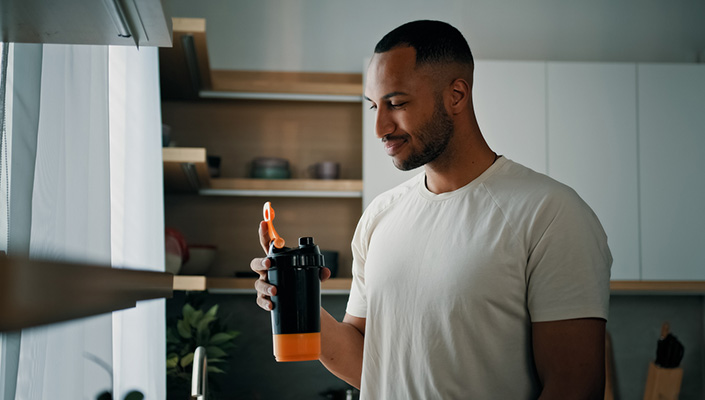
Trend Check: Is creatine the next must-have wellness supplement?
Once associated exclusively with bodybuilders, creatine has entered the broader wellness world. Social media creators now pitch it as a supplement for everyone — promising sharper focus, more energy and even long-term brain protection.
Bradley says the strongest evidence for creatine still lies in its original purpose: supporting athletic performance. While emerging studies hint at possible cognitive or general wellness benefits, Bradley says the science remains limited and far from conclusive.
Even so, its safety profile is relatively reassuring. Clinical trials have reported only mild side effects, and most healthy adults can try creatine safely as long as it’s taken as directed. “Experimenting with creatine for some other uses should be safe to try, provided you follow the instructions,” Bradley says. He adds that people should avoid mixing it with too many other stimulants, like caffeine, and consult a clinician trained in natural products if they have concerns.
Bottom line: Creatine may have potential beyond the gym, but the science isn’t there yet, and guidance from a qualified clinician matters.

Trend Check: Has drinking less become the new wellness hack?
Dry January. Sober October. What began as month-long challenges has grown into a broader rethinking of drinking altogether. Mocktail menus are expanding, alcohol-free beers are getting prime shelf space and a non-alcoholic bar recently opened in San Diego. Many people, especially younger adults, are not necessarily quitting alcohol, but getting curious about how they feel without it.
Christine Zoumas, a nutrition scientist at the Herbert Wertheim School of Public Health and Human Longevity Science, sees clear benefits to the shift. “Almost all alternatives would be better than alcohol,” she explains, especially as evidence mounts that no amount of alcohol is considered safe for cancer risk. Still, she cautions that some mocktails deliver an entire day’s worth of added sugar in one drink.
Sandra Brown, a distinguished professor in the Departments of Psychology and Psychiatry and co-director of the Adolescent Brain Cognitive Development (ABCD) Study, says cultural attitudes have changed dramatically.
“People are much more aware of the health consequences of alcohol than ever before,” Brown says. A recent Gallup poll backs that up, showing U.S. drinking rates at a historic low, especially among adults under 35. Public figures discussing sobriety openly, combined with more alcohol-free options on the market, have helped make abstaining or cutting back feel far more socially acceptable.
Brown also notes that experiments like Dry January or simply setting drink limits can offer surprising clarity on how alcohol affects sleep, mood and cognition. “Even cutting back can reduce the adverse impacts on health,” she says.
Bottom line: The sober-curious movement is giving people more room to socialize on their own terms and pushing drinking culture in a more flexible, health-minded direction.

